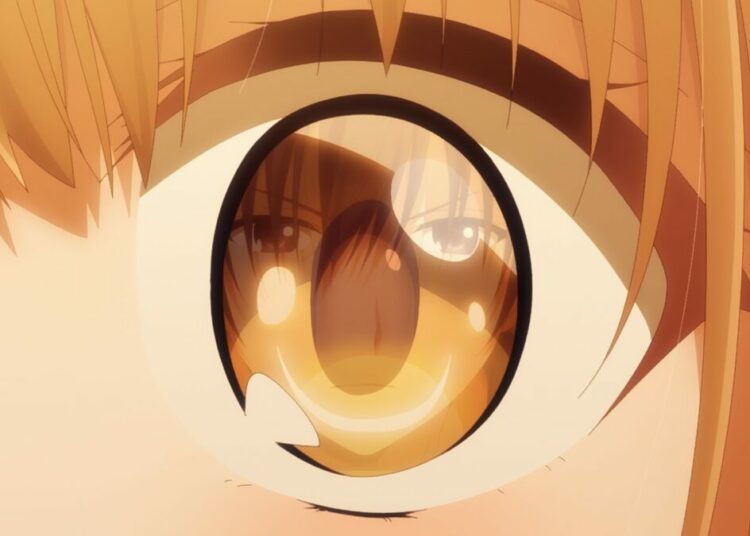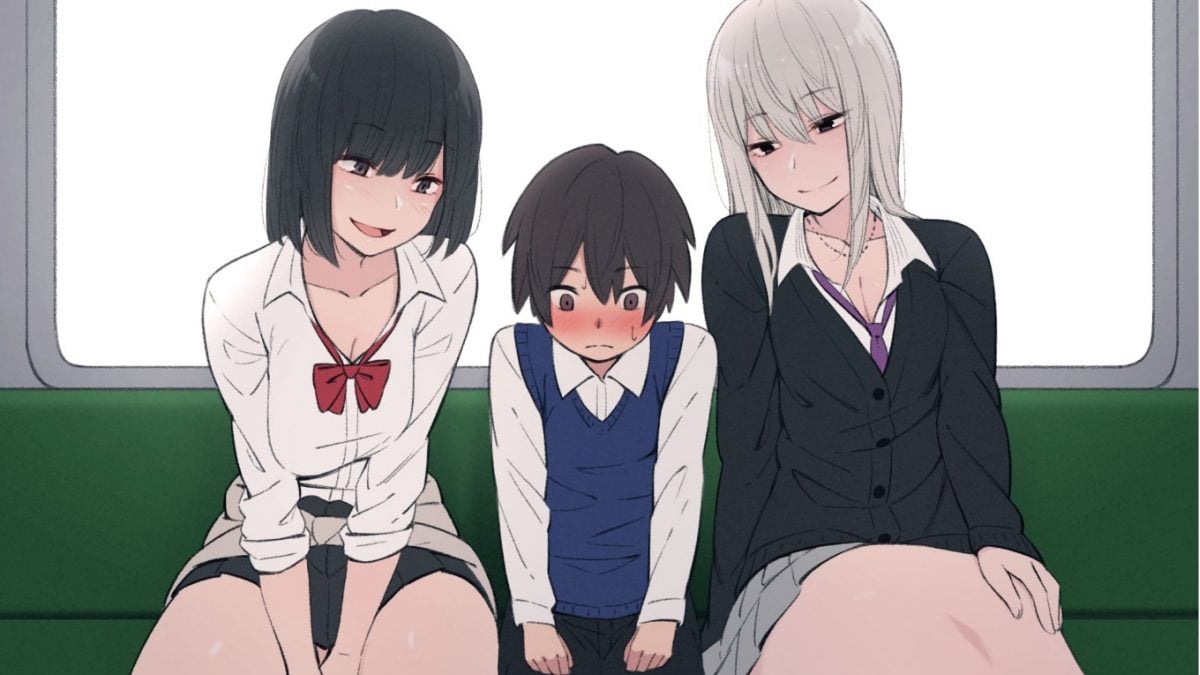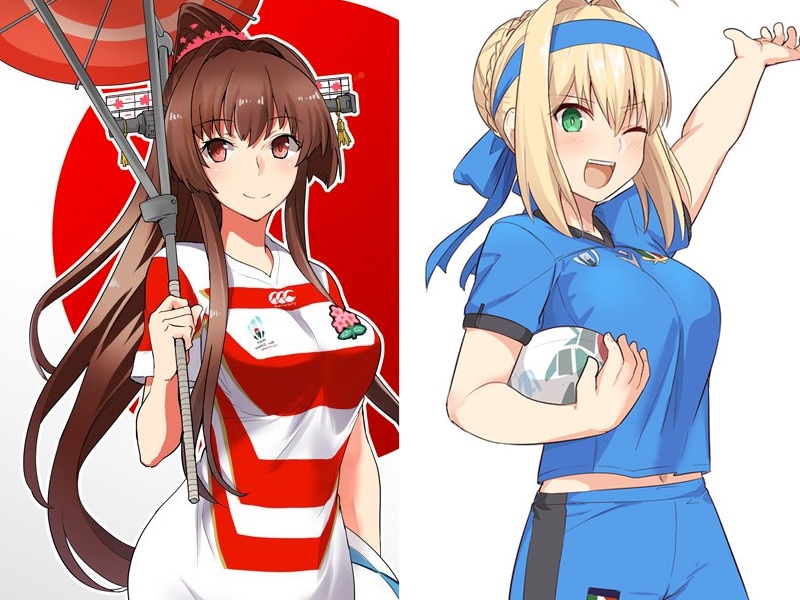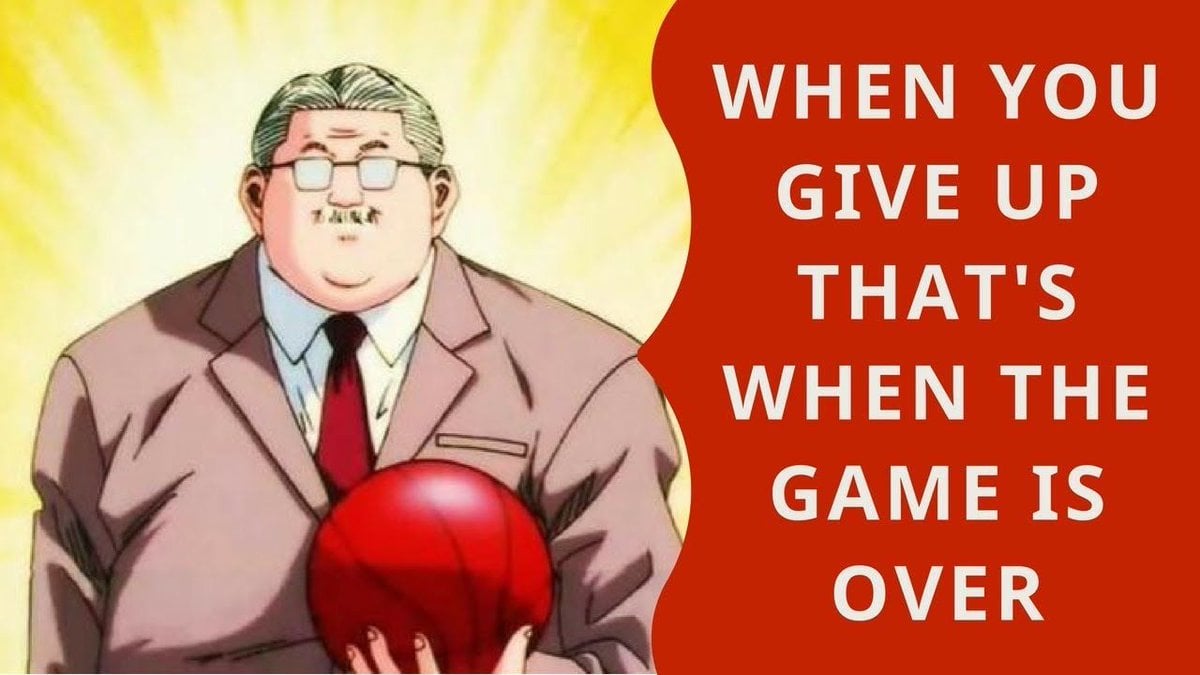Some languages are similar to each other, such as the Romance Languages that share features like genders for nouns, or English and French, which intermingled in the years after the Norman Conquest. Other languages are quite different, with linguistic features that can be difficult for learners to wrap their brains around at first. While I believe that no language is intrinsically “harder” than all the others — each language is unique with its own features — there are some aspects of Japanese grammar that were quite alien for a native English speaker like me.
One of the biggest challenges for learners of Japanese is dealing with what isn’t stated in a sentence. My sister, who is fluent in German and lives near Luxembourg, once told me that the purpose of German grammar was to get the subject and the verb as far from each other as possible (to confuse people trying to learn the language, I guess). In Japanese, the goal seems to be removing as much information from a sentence as you can, and one of the first things a student learns is that the formal sentences in the textbook like Watashi wa anata ni tegami wo kakimasu (私はあなたに手紙を書きます, “I will write you a letter”) are nearly always reduced to almost nothing by Japanese speakers (Tegami kaku ne, 手紙書くね), since everything else can be implied. There are other linguistic concepts that take some getting used to, too. One are “giving” words like ageru and yaru, which mean “to give” and are for use with people above your level (your boss, your senpai) and below your level (a child, a dog), respectively. When connected with other verbs, the recipient of an action can be inferred without it being openly stated. There are two versions of the verb “to be (in a place)” depending on whether the subject is animate (a person or animal) or inanimate (a car, a mountain), which can throw gaijin learners a curve from time to time. Finally, while we have “here” and “there” in Japanese, there are three in Japan — “here” (koko) “there” (soko) and “way over there” (asoko), and the interplay of these concepts and how they shift when speaking can take some getting used to.
When a gaijin comes to Japan, it’s common for certain words or kanji characters to insinuate themselves into his mind as kakko ii (which means “cool”). One word I distinctly remember liking was ippiki okami (ee-PEE-KEE OH-kah-mee, 一匹狼), which means “lone wolf” and describes people who are very individual-minded, happy to do things outside of a larger group. People who are ippiki okami live life without worrying about what others think, something the Japanese describe with the English words “going my way.” Now we’ve got a cool new T-shirt, featuring the ultimate Lone Wolf ever, Golgo 13. See it on the site now!
At J-List, we go out of our way to find items you can’t find anywhere else, and one of our favorite products are the Japan-only flavors of Nestle Kit Kat, which is the “real” Kit Kat since the stuff sold in the U.S. is made by Hershey’s under license. Kit Kat has become a hugely successful product in Japan in part because its name sounds like kitto katsu (“you shall surely be victorious”), and parents buy it for their kids to show their support while they prepare for the all-important college entrance exams, which is going on right now. To help Japan’s thousands of entrance-exam students, Nestle has brought out new Sakura Kit Kat, a delicious cherry flavored treat with breathtaking images of cherry blossoms on the box. The new Kit Kat TV commercial shows a worried girl about to start her college entrance exam, who is touched when she discovers a box of Kit Kat her mother had slipped into her bag. The tag line is “Don’t worry, the cherry blossoms will bloom for you.” See the commercial here (Windows Media required). We also have a cool “sampler set” of all new varieties of Kit Kat for the 2005/2006 season for you.
In addition to our amazing lineup of English-translated dating-sim games, J-List also brings you amazing collections of doujin CG collections. Many of Japan’s doujinshi artists create comic-book style books, while others turn to Photoshop instead, making beautiful computer-based CG art. We’ve licenced several of these CG works directly from the artists, so we can bring you great works in their original, mosaic-free form. Look for convenient sets of these cool CG collections, at special prices!
















